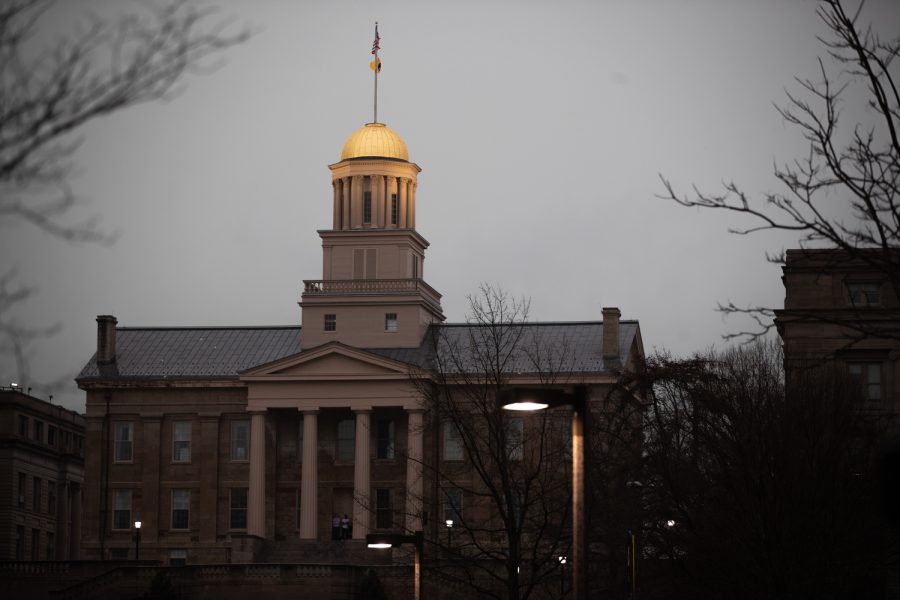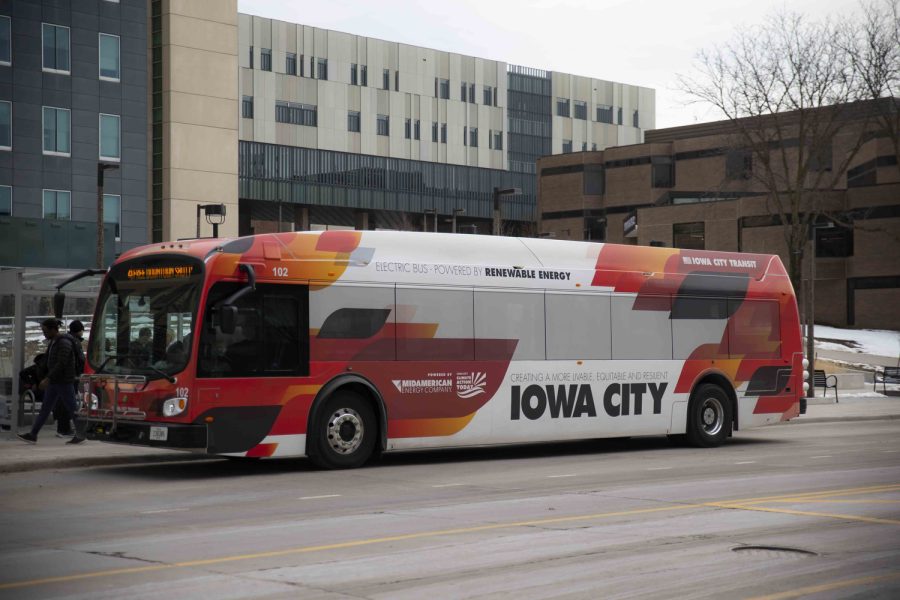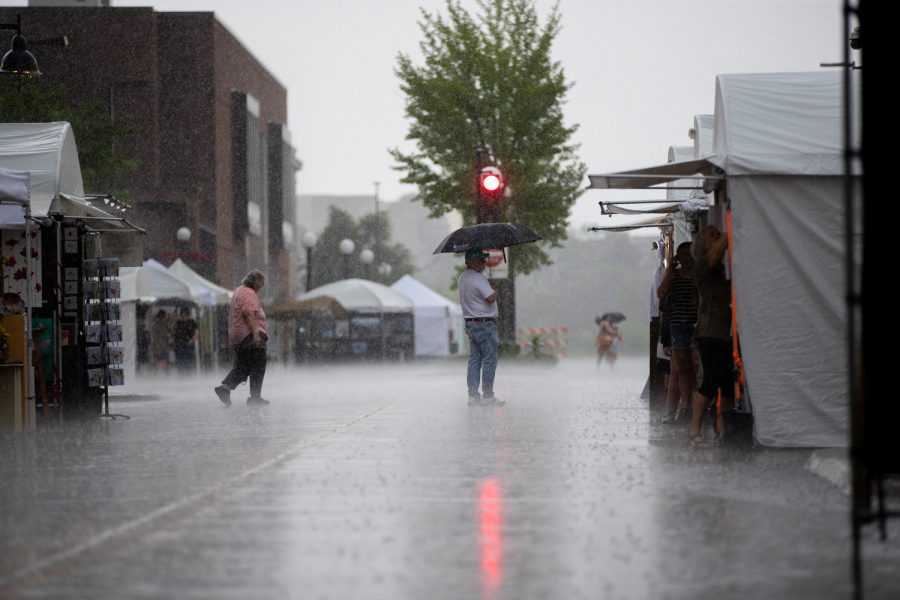Despite a late planting season because of wet weather and cooler temperatures in the spring, area businesses say produce prices have remained relatively stable.
Employees from the Waterfront Hy-Vee, Bread Garden Market, and New Pioneer Co-op said they have not seen much of a change in prices as a result of the less-than-ideal conditions.
“I haven’t noticed anything from this year’s late planting,” said Matt Lee-Pullen, a senior clerk at New Pioneer Co-op, 22 S. Van Buren St.
As one example, local prices for cucumbers in Iowa City currently range from 88 cents each at the Waterfront Hy-Vee, 1720 Waterfront Drive, to $2.99 per pound at the New Pioneer Co-Op.
According to an Iowa State University Extension and Outreach publication, garden vegetables such as cucumbers, summer squashes, tomatoes, peppers, and eggplants are typically seeded in mid-May.
The publication also said vegetables seeded between early spring and the beginning of May include peas, spinach, cabbage, broccoli, and carrots.
The typical planting season for Iowa’s main commodity, corn, can begin as early as April in the southern part of the state, but can occur several weeks later in the northern region, according to data obtained from the Iowa Corn Growers Association. Planting generally begins when the soil is warm enough to germinate the seeds but not be damaged by frost, the association said.
According to preliminary data from the National Oceanic and Atmospheric Administration, March, April, and May rainfall in Iowa totaled 18.79 inches. This is a nearly a 100 percent jump — the average totals generally amount to around 9.93 inches.
In addition to a wetter than normal conditions, the association said preliminary data have shown spring temperatures in the state were cooler than normal, with a decrease of 9.4 degrees and 2.9 degrees respectively in March and April.
But University of Iowa economics lecturer Patrick Barron said that in spite of the late plantings, increased rainfall, and cooler temperatures, he doesn’t foresee a reason to worry about crop shortages in the United States in the future.
“The U.S. is a world leader in agriculture,” he said. “Because it is a large country, problems with growing in one area of the country are usually offset by good or excellent growing seasons in other areas of the country.”
He said that given the variety of transportation methods in the U.S., different areas of the country are able to transport food to each other in times of need.
This year, he said, the issue of late planting goes beyond the Midwest. He noted that Pennsylvania, which he identified as a large agricultural state, also had a wet spring with cool temperatures, resulting in late planting.
“They’re still being planted in plenty of time,” Barron said of crops conditions in Pennsylvania and Iowa.
And with the wet and cooler conditions this spring, farmers continue to closely track the weather.
According to the Integrated Crop Management News, a publication produced by the ISU Extension and Outreach Program, it is important for farmers to evaluate projected yields of crops and profitability when making late planting and replanting decisions.
Fifteen percent of the 2013 corn crop in Iowa was unplanted as of June 4, the publication said.
With the Midwest producing much of the nation’s food, all eyes will be on this region as the growing season progresses.






